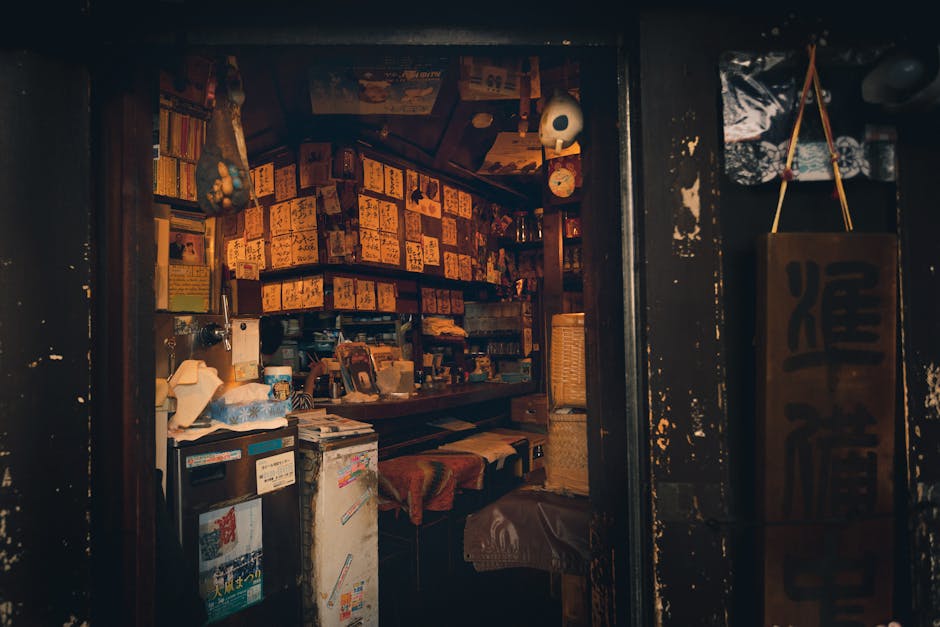
Imagine a landscape scarred by conflict, where the clang of steel echoed through valleys and the roar of battle cries filled the air. This was Japan's Sengoku Period (mid-15th to early 17th century), an era of relentless civil war that reshaped the nation. Yet, amidst the chaos, a different kind of power was being forged – not by daimyo or samurai on the battlefield, but by the skilled hands of the 戦国時代の職人 (Sengoku Period Craftsmen).
These unsung heroes, often toiling in the shadows, were the true architects of this turbulent age. Their ingenuity and dedication built the formidable castles, crafted the deadly weapons, and produced the everyday essentials that sustained both warriors and commoners. Their stories, often overlooked in the grand narratives of daimyos and battles, are now coming to light, offering a fascinating glimpse into the very fabric of medieval Japanese society.
Indeed, the profound impact of these artisans is the subject of an upcoming lecture on 9月21日 at けやき, delving deep into the lives and skills of these remarkable individuals. Inspired by this event in the historically rich region of 小田原・箱根・湯河原・真鶴, let us journey back in time to understand the world these craftsmen inhabited and the enduring legacy they left behind.
The Stone, The Wood, The Sword: Building a Warlord's World
The Sengoku Period was an age of castle construction. As daimyos vied for supremacy, impregnable fortresses became strategic necessities, symbols of power, and crucial defensive strongholds. Here, the ishikō (masons) and daiku (carpenters) were indispensable. Picture the massive undertaking of constructing a castle like Odawara Castle, a stronghold of the Hojo clan in the very region where our story unfolds. Its formidable triple moats and earthworks, known as sōgamae, required immense skill and coordination, a testament to the ingenuity of countless craftsmen.
These weren't just brute laborers; they were master engineers. Masons meticulously cut and fitted stones, often without mortar, creating walls that could withstand sieges for months or even years. Carpenters, using their mastery of joinery, erected towering keeps and intricate wooden structures that formed the heart of these fortresses. Their techniques, passed down through generations, allowed for rapid construction during wartime, yet with a precision that ensured longevity, some of which still stand or have been faithfully reconstructed today.
Beyond defensive architecture, the very tools of war were products of exceptional craftsmanship. The katana, the iconic samurai sword, was not merely a weapon but a work of art, forged by the kajiya (swordsmiths). Each blade, a result of meticulous folding, hammering, and tempering, possessed a unique character and unparalleled sharpness. An armor set, or yoroi, was a complex assembly of metal plates, leather, lacquer, and silk, painstakingly crafted by armorers to offer protection while allowing for mobility. The quality of these items could literally mean the difference between life and death on the battlefield, making the craftsmen who produced them critical to a daimyo's military might.
Beyond the Battlefield: Artisans of Daily Life and Prestige
While castles and weapons dominate the popular image of the Sengoku Period, the 戦国時代の職人 also enriched daily life and cemented the social prestige of the ruling class. Potters produced exquisite ceramics, lacquerware artisans created beautiful and durable household items, and textile weavers clothed both the elite and the common people. Each craft contributed to a vibrant culture that thrived even amidst the turmoil.
Daimyos, seeking to project an image of power and sophistication, commissioned magnificent tea ceremony utensils, intricate screens, and luxurious garments. These items, born from the hands of skilled artisans, became symbols of status and refined taste, demonstrating that even in an age of war, art and culture were deeply intertwined with political power and personal identity.
Their Legacy: Echoes in Modern Japan
The drama and strategic genius of the Sengoku Period are often attributed to the great warlords, but it was the silent, steady work of the craftsmen that laid the very foundations for their success. Their ability to innovate under pressure, their unwavering commitment to quality, and their profound understanding of materials and techniques were vital. The rapid construction of Toyotomi Hideyoshi's Sunomata Castle in a single night, though perhaps exaggerated, speaks volumes about the perceived capabilities of these artisans.
Today, the legacy of these 戦国時代の職人 continues to resonate. The traditional Japanese architectural techniques, the artistry of Japanese swords, the beauty of ceramics and lacquerware – all bear the indelible mark of skills honed during this intense period. Many modern Japanese industries, from precision manufacturing to traditional arts, can trace their roots back to the exacting standards and innovative spirit of their Sengoku ancestors.
The lecture on 9月21日 at けやき in the historic heartland of 小田原・箱根・湯河原・真鶴 offers a unique opportunity to connect with these vital figures. It's a chance to appreciate not just the grand narratives of history, but the intricate details and the human ingenuity that truly shaped the past – making us feel as though we've stepped back in time to witness their extraordinary contributions firsthand.
Comments
Post a Comment